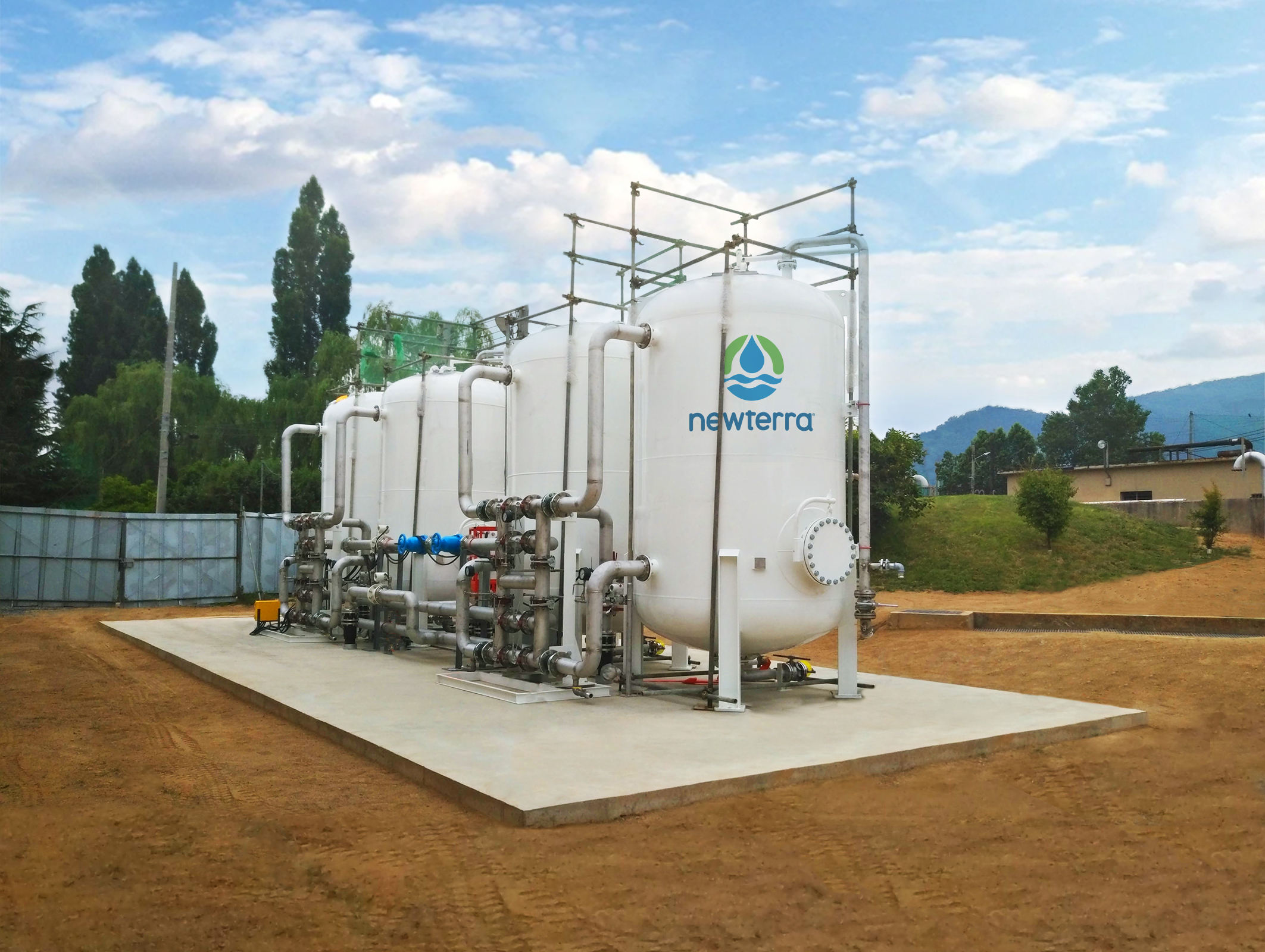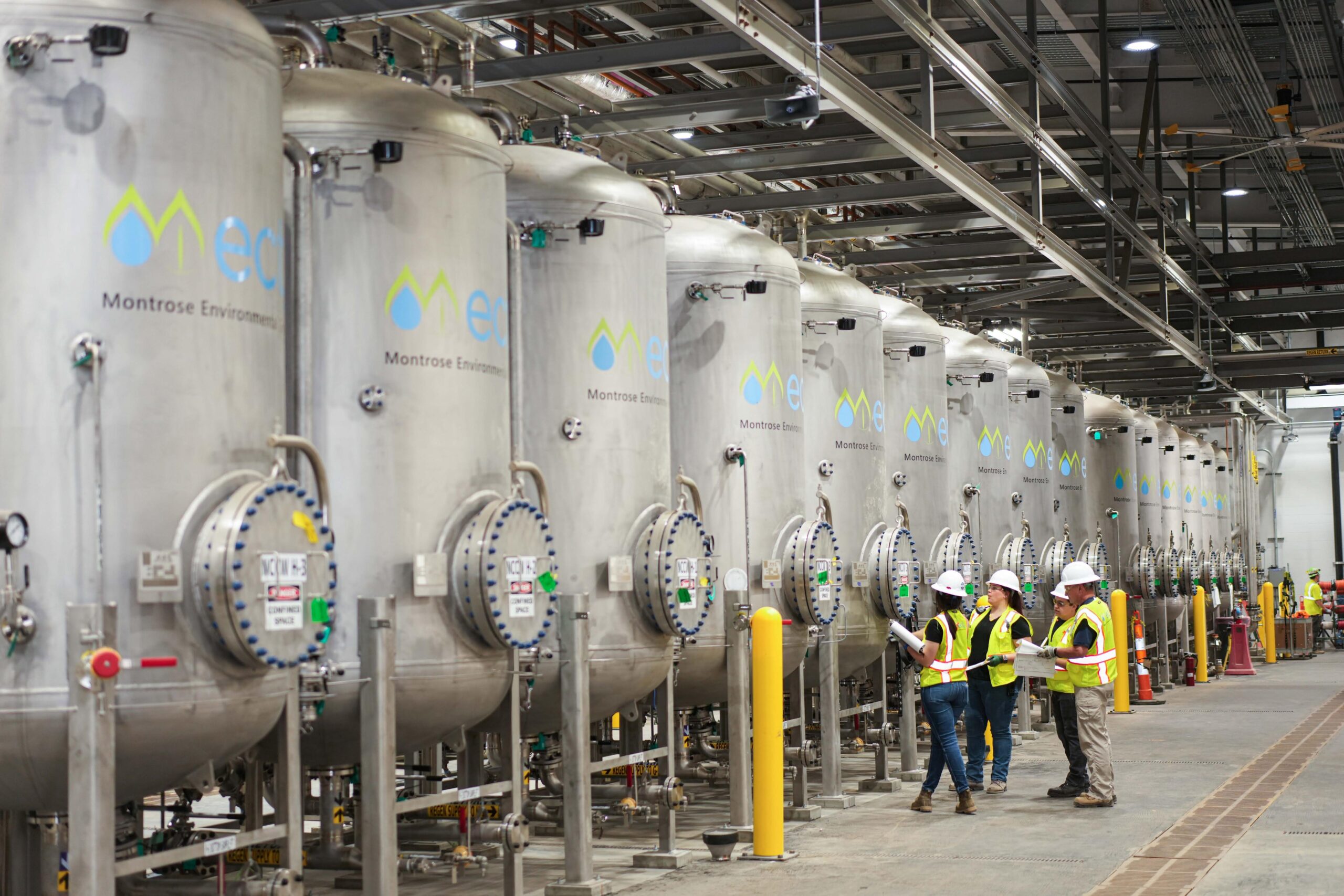The Complete Guide to PFAS Treatment for Soil Contamination
The Complete Guide to PFAS Treatment for Soil Contamination
Blog Article
Your Guide to PFAS Treatment Technologies and Perks
The prevalence of PFAS contamination in water resources necessitates an extensive understanding of available treatment modern technologies. Different approaches, such as turned on carbon purification, ion exchange systems, and progressed oxidation procedures, present unique advantages in dealing with these consistent contaminants. Each modern technology not just targets specific PFAS substances yet additionally plays an important duty in enhancing overall water quality and shielding environmental honesty. As neighborhoods grapple with the effects of PFAS exposure, the choice of an ideal treatment strategy becomes significantly essential, triggering a more detailed evaluation of these technologies and their particular benefits.
Understanding PFAS Contamination
Understanding PFAS contamination is vital for resolving its prevalent effect on ecological and human wellness (m270 pfas treatment). Per- and polyfluoroalkyl substances (PFAS) are a team of synthetic chemicals extensively made use of in different commercial and consumer items due to their water- and grease-resistant residential properties. Typically found in firefighting foams, non-stick cookware, and water-repellent fabrics, PFAS have actually entered the atmosphere with production procedures, wastewater discharges, and leaching from garbage dumps
As soon as launched, these materials continue the setting, leading to widespread contamination of dirt and water resources. Their special chemical framework, defined by strong carbon-fluorine bonds, makes them resistant to deterioration, leading to a phenomenon called "for life chemicals." PFAS can build up in the human body and the food chain, potentially creating damaging health and wellness results, including immune system disruption, developmental problems, and an increased risk of certain cancers.
Governing companies and health and wellness companies are increasingly recognizing the importance of PFAS contamination, triggering efforts to keep track of, assess, and mitigate its effects. Comprehending the pathways of PFAS contamination is crucial for informing public law and creating effective methods to safeguard both ecological and human health.
Review of Treatment Technologies
Different therapy technologies have actually been developed to resolve the difficulties positioned by PFAS contamination in water and dirt. These modern technologies can be broadly classified right into a number of categories, each with its one-of-a-kind mechanisms and effectiveness in removing PFAS compounds.
One prominent strategy is ion exchange, which utilizes resin materials to capture and get rid of PFAS from infected water. This technique is especially efficient for short-chain PFAS and can accomplish substantial decreases in concentration levels. Another modern technology, advanced oxidation processes (AOPs), utilizes solid oxidants and ultraviolet light to damage down PFAS right into less damaging compounds. AOPs appropriate for treating a variety of PFAS compounds however might require careful optimization to optimize efficiency.

Triggered Carbon Filtration
Activated carbon purification is an extensively made use of method for the elimination of PFAS from contaminated water, recognized for its capability to adsorb a wide variety of organic substances. This modern technology uses triggered carbon, a highly porous try this website product with a comprehensive surface, which assists in the binding of PFAS particles through physical adsorption. The effectiveness of turned on carbon in getting rid of PFAS is influenced by a number of aspects, consisting of the kind of carbon made use of, the call time, and the focus of PFAS in the water.
One of the benefits of activated carbon purification is its convenience; it can be executed in different setups, such as granular triggered carbon (GAC) systems or powdered turned on carbon (POLITICAL ACTION COMMITTEE) systems. GAC systems are normally employed in larger-scale applications, while PAC can be used in smaller or short-lived setups. In addition, the technology is reasonably very easy to run and preserve, making it obtainable for lots of water therapy centers.

Ion Exchange Equipment
Ion exchange systems represent an additional effective method for the removal of PFAS from infected water, complementing methods like turned on carbon purification. These systems operate on the concept of exchanging ions in the water with ions held on a resin material. Ion exchange materials can be particularly formulated to target the negatively charged PFAS compounds, successfully catching them and enabling cleaner water to go through.
Among the main advantages of ion exchange systems is their capacity to remove a vast array of PFAS, including both long-chain and short-chain variations. This convenience makes them appropriate for different applications, ranging from community water therapy to industrial procedures. In addition, ion exchange systems can usually attain lower discovery restrictions for PFAS contrasted to some various other treatment approaches, hence boosting water top quality.
However, it is necessary to monitor and handle the regeneration of ion exchange media, as the performance can decline with time because of saturation. Correct maintenance and substitute of the material are important for maintaining the system's performance. Generally, ion exchange systems provide a trusted and efficient service for PFAS removal, adding dramatically to secure alcohol consumption water criteria and environmental management.
Advanced Oxidation Processes
Advanced Oxidation Processes (AOPs) utilize powerful oxidants to effectively weaken PFAS compounds in polluted water. These innovative therapy methods generate extremely responsive types, such as hydroxyl radicals, that can break down intricate PFAS molecules into less damaging results. m270 pfas treatment. AOPs typically utilize combinations of ultraviolet (UV) light, ozone, hydrogen peroxide, or Fenton's reagent, boosting the oxidation capacity and enhancing destruction efficiency
The primary benefit of AOPs lies in their capacity to target a broad series of PFAS substances, consisting of both long-chain and short-chain versions. This convenience is vital, as PFAS contamination usually entails blends of various substances with varying i was reading this chemical frameworks. In addition, AOPs can be incorporated into existing water treatment systems, making them a practical solution for lots of towns and sectors.
However, the execution of AOPs can be resource-intensive, requiring careful factor to consider of functional expenses and power intake. In addition, while AOPs are efficient in breaking down PFAS, they might not entirely eliminate all results, demanding additional navigate to these guys therapy actions - m270 pfas treatment. Overall, AOPs stand for an encouraging avenue for addressing PFAS contamination, adding to cleaner water resources and enhanced public wellness security

Conclusion
To conclude, attending to PFAS contamination calls for an extensive understanding of available therapy modern technologies. Turned on carbon filtration, ion exchange systems, and progressed oxidation procedures each existing distinct advantages for effectively removing these dangerous substances from water resources. By selecting the ideal innovation, areas can enhance water top quality, secure public health, and reduce the environmental risks related to PFAS exposure. Continued research and implementation of these methods are vital for reliable management of PFAS contamination in impacted locations.
Report this page